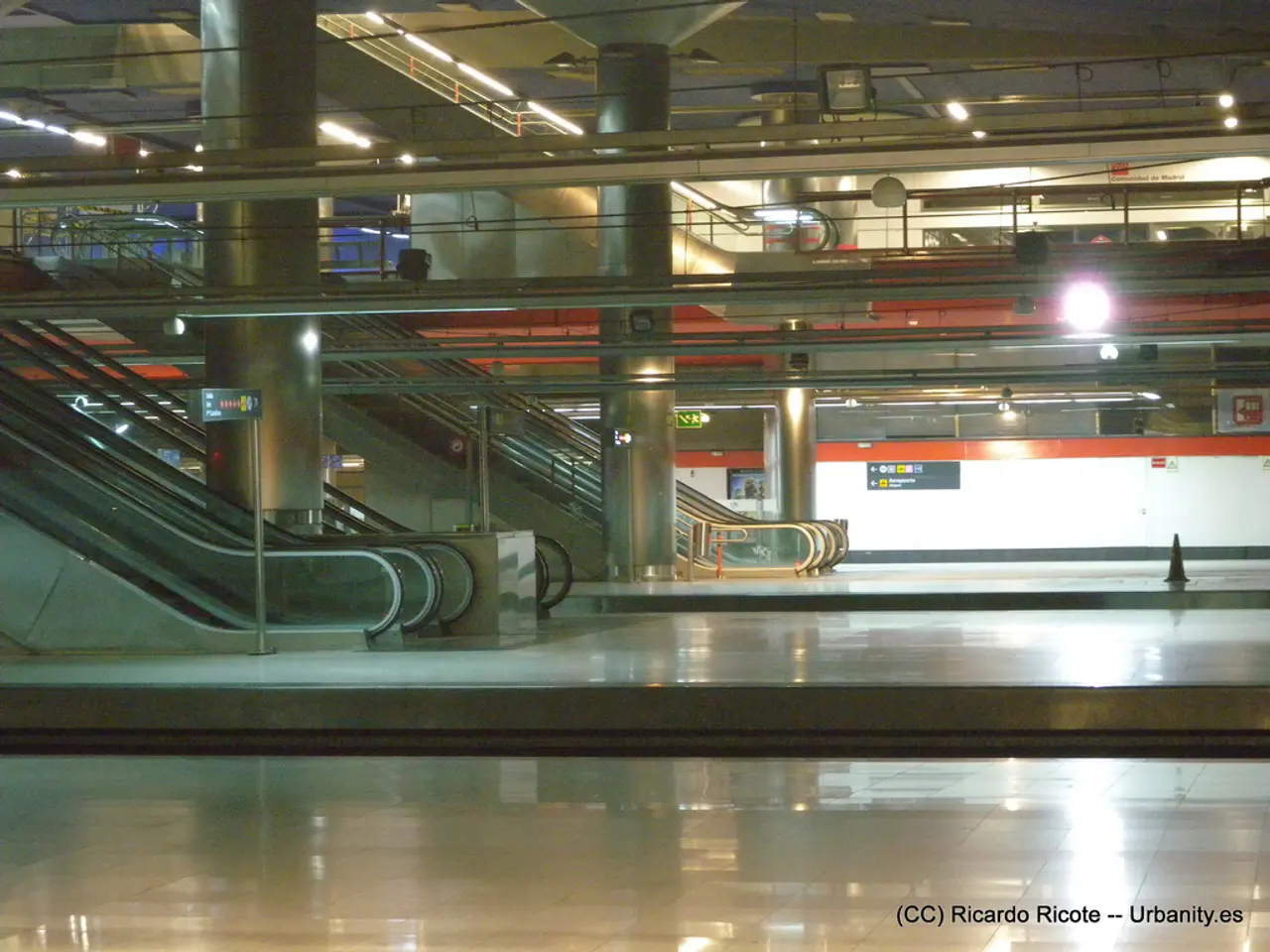Guide for crafting a secure and user-friendly home setting
Improving Accessibility in Australian Homes: A Guide to Livable Housing Design Standards
As of May 1, 2024, the National Construction Code (NCC) Livable Housing Design Standards have become mandatory in Victoria, setting the baseline for accessibility requirements in new and existing class 1a and class 2 buildings across Australia. However, it's important to note that state regulations, such as Queensland's Queensland Development Code (QDC) 4.5, play a crucial role in reinforcing and expanding these standards.
One of the key provisions of QDC 4.5 is the enforcement of step-free entries to homes, wider internal doors and corridors, and step-free access to bathrooms and showers. Additionally, an accessible toilet on the entry level is required, with specific exemptions. Reinforced bathroom and toilet walls are also mandated to allow for the future installation of handrails.
These standards aim to improve the accessibility of housing for those with reduced mobility. For instance, choosing tapware with mixer-style handles instead of screw-type taps can be more accessible, as can hand showers and rail showers, which are typically easier to use than traditional showerheads.
Safety measures such as non-slip mats in key areas like bathrooms, kitchens, and laundries, and tempering valves on hot water systems to prevent scalds, are also essential. Older homes with hot water systems installed before 1998 may not have tempering valves, posing a scald risk.
Renovating an existing property may require bringing it into line with the Livable Housing Design Standards, depending on the extent of the proposed alterations. Any modification that includes plumbing or electrical work should only be done by a licensed professional.
In terms of technology, smart locks, including smartphone, biometric, and touchscreen locks, can make it easier for those with limited mobility. Lever-style door handles are more accessible than turning handles and can be purchased from hardware stores.
Energy efficiency is another consideration. Replacing single-room gas heaters with reverse-cycle split systems can provide safer, more energy-efficient climate control. Opting for LED light bulbs for their cost-effectiveness, longevity, and ease of replacement is also recommended.
Lastly, ramps can improve a home's accessibility for those with reduced mobility or using mobility aids. Walk-in showers, where the shower floor is flush with the bathroom floor, can also be beneficial accessibility modifications.
Beyond the NCC's Livable Housing Design Standards, additional enforceable accessibility requirements are primarily implemented through state regulatory instruments that adopt or augment the NCC provisions. It's essential to familiarise yourself with the specific regulations in your state to ensure your home is as accessible as possible.
[1] Australian Government, (2021). National Construction Code. Retrieved from https://www.ncc.gov.au/ [2] Queensland Government, (2021). Queensland Development Code. Retrieved from https://www.qld.gov.au/law/housing-and-neighbourhoods/building-and-renovating/development-assessment/queensland-development-code [3] Queensland Government, (2021). Exemptions and transitional arrangements. Retrieved from https://www.qld.gov.au/law/housing-and-neighbourhoods/building-and-renovating/development-assessment/queensland-development-code/exemptions-and-transitional-arrangements [4] Government of Western Australia, (2021). Residential Design Codes. Retrieved from https://www.dpaid.wa.gov.au/residential-design-codes
Incorporating the suggested Livable Housing Design Standards into home-and-garden projects can improve the lifestyle of people with reduced mobility. For example, considering hand showers and rail showers, tapware with mixer-style handles, or smart locks with features like smartphone or biometric entry systems can enhance the accessibility of living spaces.
Being aware of state-specific regulations, such as Queensland's QDC 4.5, is essential to ensuring that your home-and-garden projects meet accessibility requirements fully, including step-free entries, wider internal doors and corridors, and accessible toilets.





